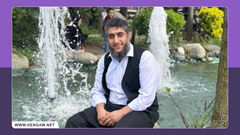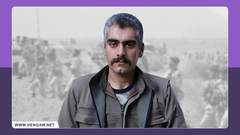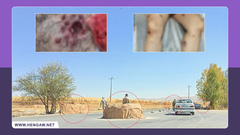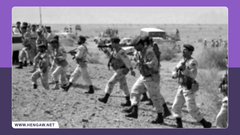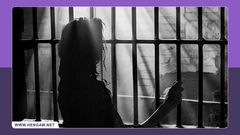Hengaw report on the incidents of October 26 in Saqqez and the army's response to the IRGC soldiers' direct attacks on the populace
he performance of the armed forces in Saqqez after tens of thousands of people returned from the ceremony memorializing t
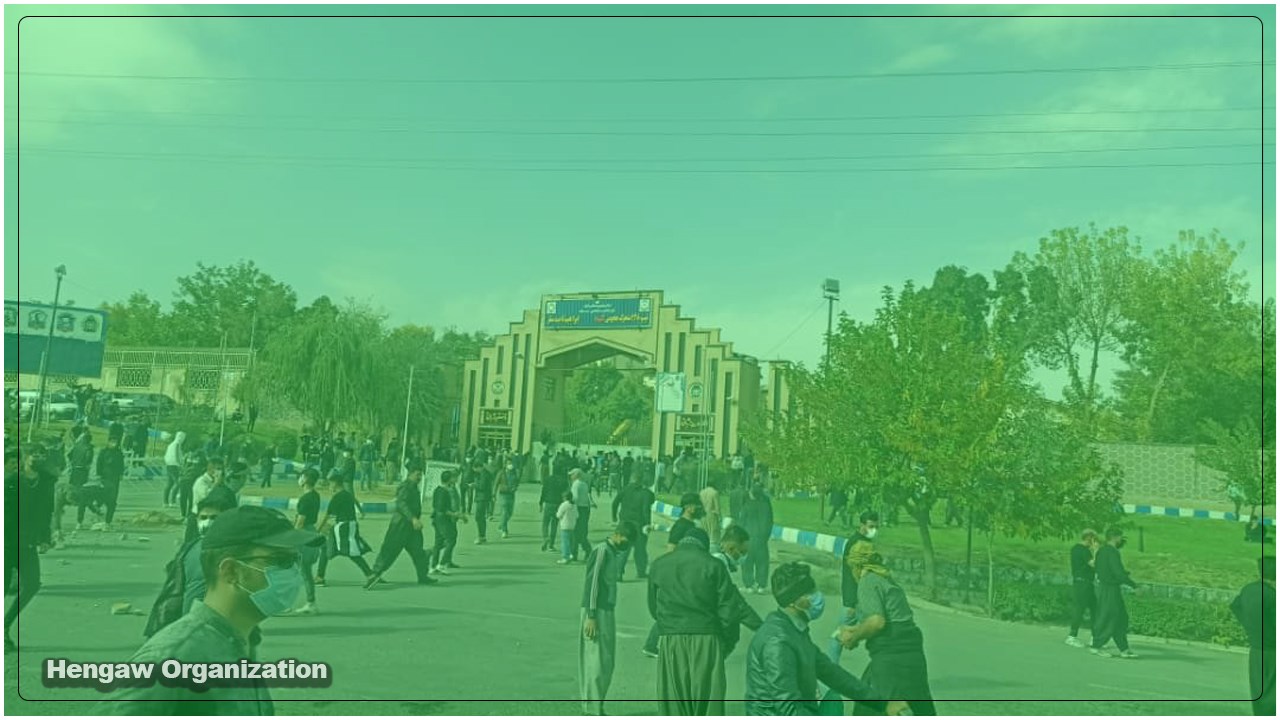
The performance of the armed forces in Saqqez after tens of thousands of people returned from the ceremony memorializing the 40th day since Zhina Amini's burial is covered in this report. Hengaw had reported that after the IRGC forces opened fire and the army was disarmed, people sought refuge in the area around the army barracks.
The Islamic Republic of Iran's armed forces' legal status
Given the total authority of the leader and the tenure of Supreme Leader Ali Khamenei, the legal system governing the armed forces in the Islamic Republic is not very clear and subject to conventional legal principles, as are the majority of legal systems around the world.
However, according to Article 1 of the disciplinary code, the Islamic Republic of Iran's armed forces are classified as the General Staff of the Armed Forces, the Army, the Islamic Revolutionary Guard Corps, the police force, the Ministry of Defense, and related organizations. All of these military institutions' affairs are handled through the General Staff of the Armed Forces, at the sole discretion of the supreme leader. Despite some separation of duties and responsibilities in the constitution and ordinary laws, all military institutions, including the army, are subject to the complete obedience of the Islamic Republic's supreme leader. They form a legal unit with no temporal independence, and any dispute is solely within Ali Khamenei's jurisdiction as Supreme Commander of the Armed Forces.
Discrepancies between the army and the IRGC have existed since the IRGC's inception. These discrepancies did not exist only during the Iran-Iraq war and were unrelated to military operations; they also existed after the war. Following the struggle, one of the army soldiers was killed by IRGC troops, and the then-senior leaders of the army faced conviction in the judicial organization of the armed forces, which was one of the most serious conflicts that happened regarding the territories belonging to the army in Fars province.
In spite of widespread disagreements between the army and the IRGC, as described above, these disagreements have significantly decreased since Khomeini's Jihad edict was issued against the Kurdish people, and there has been a greater degree of coordination in the repression and murder of Kurds. In such a way the army and the IRGC actively collaborated in order to attack Kurdistan's cities and murder civilians. The Islamic Republic of Iran has frequently issued numerous documents related to this cooperation. (The right image depicts the army tanks entering Saqqez after Khomeini's Jihad was declared. The left image has Hassan Abshanasan, one of the army's senior commanders, and Mohammad Borujerdi, the Islamic Revolutionary Guard Corps' former commander in Kurdistan.)
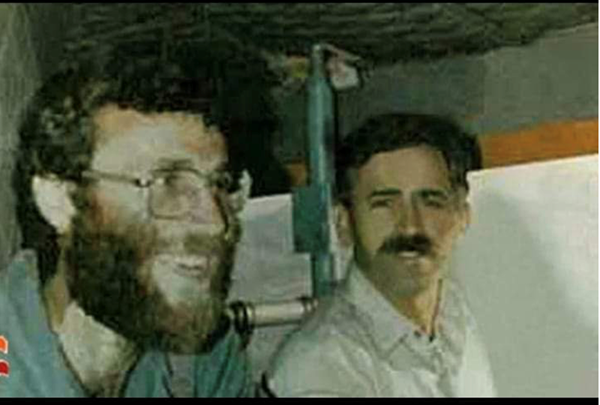
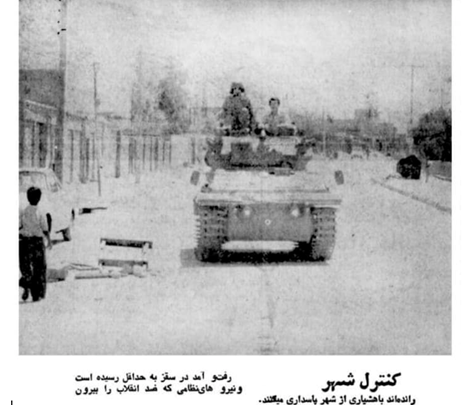
The 40th day after Zhina Amini's burial on October 26 at Saqqez
Given what has been revealed, it is clear that there hasn't been much of a difference between the military forces when it comes to oppressing and killing Kurdish people since the Islamic Republic of Iran took power. Legally, all of the Islamic Republic's armed forces and security personnel shall be subject to investigations, prosecutions, and trials based on the crimes they have committed. However, the performance of the IRGC and the army on October 26, 2022, is the main subject of this report.
"After leaving the Aichi cemetery around 2 pm., we were making our way to the city's entry square (Prison Sq.) when it became apparent that the IRGC forces were waiting for the populace." said an eyewitness. The identity of this person is protected by Hengaw. He further said, "When the populace began chanting, the IRGC and anti-riot forces fired at the populace right away."
"We didn't know what to do, so we turned back and asked for help from the army soldiers who were watching. The slogan "the army! support support" were chanted by the people. We went to the barracks and the houses of the army on both sides of the road. The soldiers opened the door and helped us and gave us water. We told them to help us. None of them had weapons," said the eyewitness, who wants his identity to stay unknown.(Google Earth image of the location)
Hengaw received consistent accounts of the incident from a wide number of witnesses. We obtained a large number of documents from the informants and witnesses, including writings, audio recordings, and videos, which demonstrate the incident's veracity in response to the legal team's request. It is evident that after the IRGC began firing and the crowd dispersed as a result of the massive volumes of tear gas used against them, the army forces opened the doors for the people on both sides of the street, where they sought refuge. The army has provided instructions on how to securely exit organizational buildings and travel to different districts while avoiding an IRGC ambush. The army is clearly seen in the videos that follow. Different slogans are used to express gratitude, but it is evident in the films that they do not permit filming.
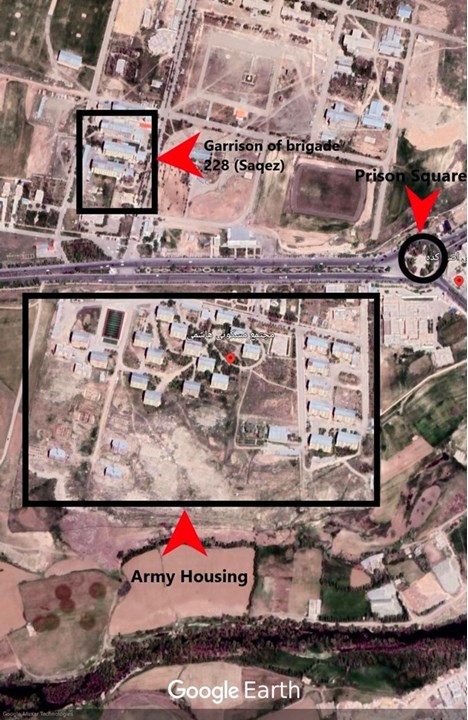
The impact of the bullets also results in several injuries. Hengaw was informed by one of the witnesses that the army had shown the people the locations of the minefields and cautioned them not to enter certain areas. The armed forces' lack of weaponry on October 26 has been confirmed by numerous witnesses. People who called for the army's assistance were informed by a number of army troops that "the 228th Saqqez Brigade's armory was entirely controlled by the IRGC and no weapons were handed over to them on the day of the incident."
The legal team for Hengaw believes that the army's actions on the day of the incident were largely humane. Therefore, the 228th Mobile Assault Brigade of the Army cannot be considered to be giving help in the legal sense by only providing refuge to the residents of Saqqez. Additionally, it is impossible to definitively establish why the 228th Brigade's armory was blocked on the mentioned day.
The Hengaw Organization for Human Rights must be contacted for permission before using this report and any related videos.
Hengaw Legal Team
October 30, 2022
